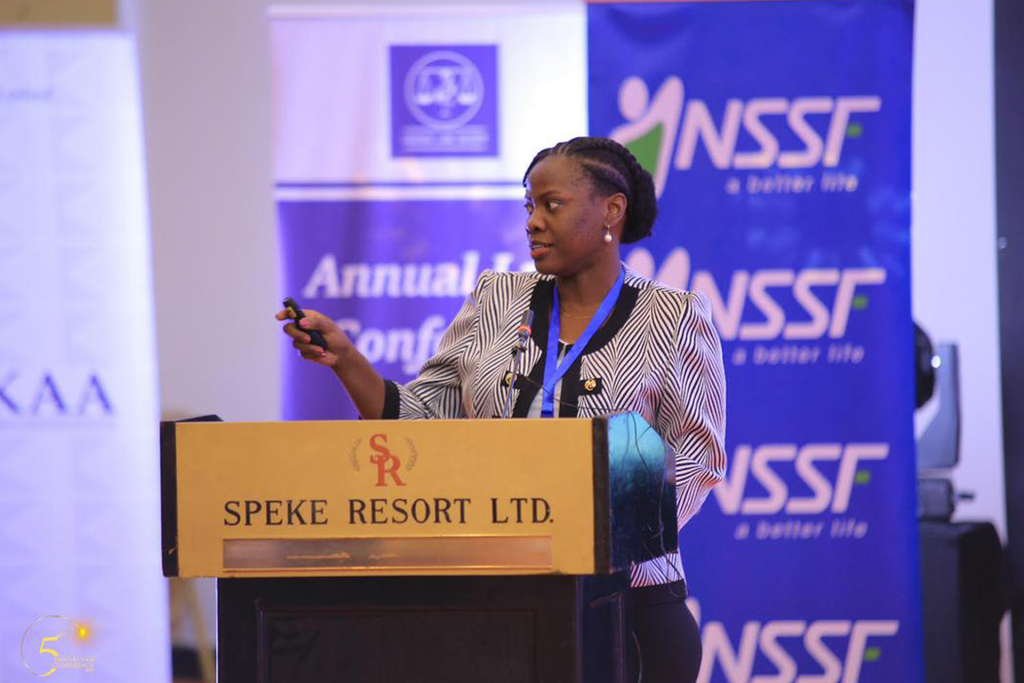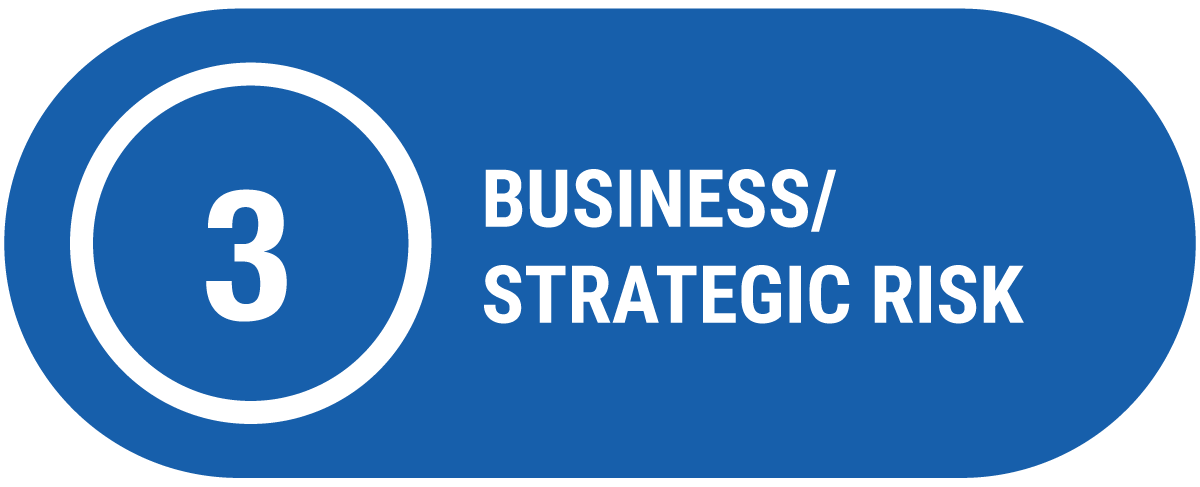
Menu


Utilising our capital inputs most efficiently informs our business model on how to optimise our capital outputs and outcomes for our stakeholders. Our decisions are made in the best interests of our stakeholders, although at times tough decisions need to be made that conflict with stakeholder needs and making strategic trade-offs is necessary to position our business for future growth and resilience.
Apart from creating and preserving value, there are instances where value is diminished through our activities. When making decisions on how to manage our business, we consider the trade-offs between capitals: we aim to maximise positive outputs and outcomes and limit negative impacts.
The trade-offs that we have made during the reporting period and the rationale for our decisions are reflected below.

The trade-offs in our investment’s portfolio allocation: Increase investment in fixed deposits at the expense of treasury bonds.
The Fund had to increase its investments in fixed deposits to implement Section 20A of the NSSF Amendment Act, enabling midterm access to benefits. This resulted in a lower return on investment of 11.62% compared to 15.91% attained in the previous financial year.
Key actions:
To manage liquidity to pay midterm benefits to qualifying members under the new law, this required significant investment in fixed deposits which are short-term in nature with lower returns, rather than investing in long-term high-yield treasury bonds.






The trade-offs of organisational redesign: Re-aligning the organisational structure to the Fund Strategy.
Following the enactment of the NSSF Amendment Act 2022, the Fund has had to undergo an organisational redesign and re-alignment to take advantage of the opportunities presented by the new law. This has created anxiety for the staff which in turn has affected employee productivity as they fear uncertainty and job security.
Key actions:
The new law assented to by the President in January 2022 required the Fund to re-assess and re-align its business processes and staff structure while building a more agile and skilled work force for the changing business needs. This has increased anxiety levels with the exercise having a negative influence on future job stability and security.
Given that ensuring job security is a Board priority, the Fund decided to invest in a reskilling programme to address any skills gaps and enable staff to be re-allocated across the organisation, where such a need exists.






The trade-offs of I.T Systems: Building more resilient and agile IT systems.
From the onset of the 10-year Fund strategy dubbed Vison 2025, the Fund set a digital agenda, in which a modern Pension Management System, was to be developed. This was accelerated by the impending new law, providing many opportunities for the Fund, including the ability to create new products.
Our journey to implement this new system (dubbed OctoPAS) commenced four years ago and it has not been without challenges, especially heightened during the Covid-19 pandemic which impacted the progress given that the developers were based abroad.
Key actions:
The Fund’s key priority during the financial year was to go live with OctoPAS given the easing of the global economy and the imminent passing of the new law. This put pressure on the IT Project Team which had to manage resources appropriately between supporting the existing systems and delivering OctoPAS. Non-IT staff were also under pressure for their deliverables, specifically those directly affected by the support received from the IT team. Specialised training was also provided to the OctoPAS project team to enable them to support the system and manage the transition with ease.







The trade-offs of affordable houses: Building more affordable houses for our stakeholders.
Real estate forms part of our investment portfolio, and as a country we have a housing deficit of approximately 2M houses. However, it is quite costly to construct decent and affordable houses in Uganda because of the prohibitive cost of basic infrastructure including land, roads, telecom, water, and electricity.
Such costs increase the fixed costs of real estate development and at the end of the day affect the price of the final house to the consumer. Because of the societal concerns for affordable housing, this compromises our need for the real estate project to provide a good gross return to the member (200 basis points above the 10-year average inflation).
Key actions
During the year, the Fund started construction works in Temangalo after undertaking a feasibility study which revealed that the site will be able to provide affordable houses to the middle-and lower-income segments of our society. This project will comprise a total of 3,500 housing units and will be completed in phases. Phase one of this project, which started in October 2021, will comprise a total of 550 housing units with a target completion date set for December 2023.




